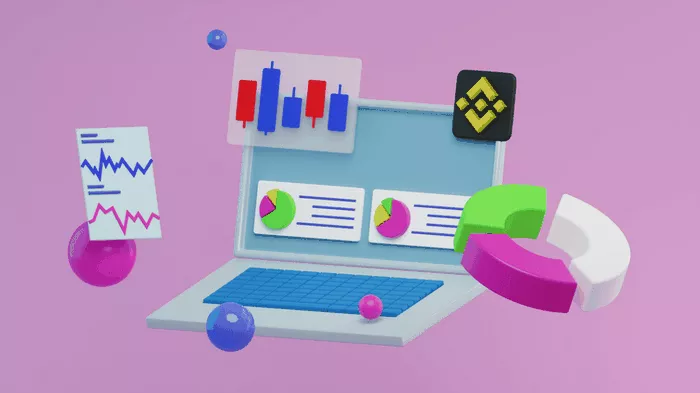In the dynamic world of futures trading, having a grasp of market trends and potential price movements is crucial for success. Futures indicators serve as valuable tools for traders, offering insights into market behavior and aiding in the formulation of informed trading decisions. In this comprehensive guide, we delve into the realm of futures indicators, exploring their definition, types, popular examples, application strategies, interpretation methods, and more.
Definition of Futures Indicators
Futures indicators are statistical tools used by traders to analyze market data and forecast future price movements in the futures market. These indicators encompass a wide range of metrics, including price, volume, volatility, and momentum, among others. By interpreting these indicators, traders aim to identify trends, assess market sentiment, and anticipate potential entry and exit points for their trades.
Types of Indicators
Trend Indicators: These indicators help traders identify the direction of the market trend, whether it is bullish, bearish, or ranging. Examples include moving averages, trendlines, and Ichimoku Cloud.
Momentum Indicators: Momentum indicators gauge the speed and strength of price movements, providing insights into the likelihood of a trend continuation or reversal. Common examples include the Relative Strength Index (RSI) and the Moving Average Convergence Divergence (MACD).
Volatility Indicators: Volatility indicators measure the degree of price fluctuations in the market, helping traders assess the level of risk associated with a particular asset. Bollinger Bands and Average True Range (ATR) are popular volatility indicators.
Volume Indicators: Volume indicators analyze trading volumes to determine the level of market participation and the strength of price movements. Examples include On-Balance Volume (OBV) and Volume Weighted Average Price (VWAP).
Popular Futures Indicators
Moving Averages: Moving averages smooth out price data to identify trends and potential support/resistance levels.
Pivot Points: Pivot points are calculated based on previous market highs, lows, and closes, serving as potential levels of price reversal or continuation.
Oscillators: Oscillators, such as Stochastic Oscillator and Relative Strength Index (RSI), help traders identify overbought or oversold conditions in the market.
Indicator Categories
Futures indicators can be categorized into leading and lagging indicators:
Leading Indicators: Leading indicators attempt to forecast future price movements before they occur. Examples include momentum oscillators like the RSI or MACD.
Lagging Indicators: Lagging indicators, also known as trend-following indicators, confirm trends after they have started. Moving averages are classic examples of lagging indicators.
Technical Analysis
Futures indicators play a pivotal role in technical analysis, a method used to evaluate securities and forecast price movements based on historical market data. Technical analysts rely on chart patterns, trends, and indicators to identify trading opportunities and manage risk effectively.
Application Examples
Let’s consider an example of applying moving averages in futures trading. A trader observes that the price of crude oil futures has been steadily increasing over the past few weeks. To confirm the uptrend, the trader examines the 50-day and 200-day moving averages. If the 50-day moving average crosses above the 200-day moving average (a bullish signal known as a “golden cross”), it may indicate a strengthening uptrend, prompting the trader to consider entering a long position.
Interpreting Signals
Interpreting signals generated by futures indicators requires a nuanced understanding of market dynamics and context. For instance, a crossover of a short-term moving average above a long-term moving average may signal a bullish trend reversal. However, traders should corroborate this signal with other indicators and market factors to validate its reliability.
Combining Indicators
Combining multiple indicators can provide a more comprehensive view of market conditions and enhance the accuracy of trading decisions. For example, a trader may use a combination of RSI for momentum confirmation and Bollinger Bands for volatility assessment to validate potential entry or exit points.
Practical Tips
Avoid over-reliance on any single indicator and instead use a combination of indicators for a well-rounded analysis.
Regularly reassess and adjust trading strategies based on evolving market conditions.
Practice risk management techniques, such as setting stop-loss orders, to mitigate potential losses.
Resources for Learning
Books: “Technical Analysis of the Financial Markets” by John J. Murphy, “Encyclopedia of Chart Patterns” by Thomas N. Bulkowski.
Online Courses: Coursera, Investopedia Academy, and TradingView offer courses on technical analysis and futures trading.
Forums and Communities: Engage with experienced traders on forums like Reddit’s r/Daytrading and TradingView’s community discussions.
Conclusion
In conclusion, futures indicators serve as invaluable tools for futures traders, offering insights into market trends, momentum, volatility, and volume. By understanding the different types of indicators, interpreting signals effectively, and applying them in conjunction with sound trading strategies, traders can navigate the futures market with confidence and precision.


